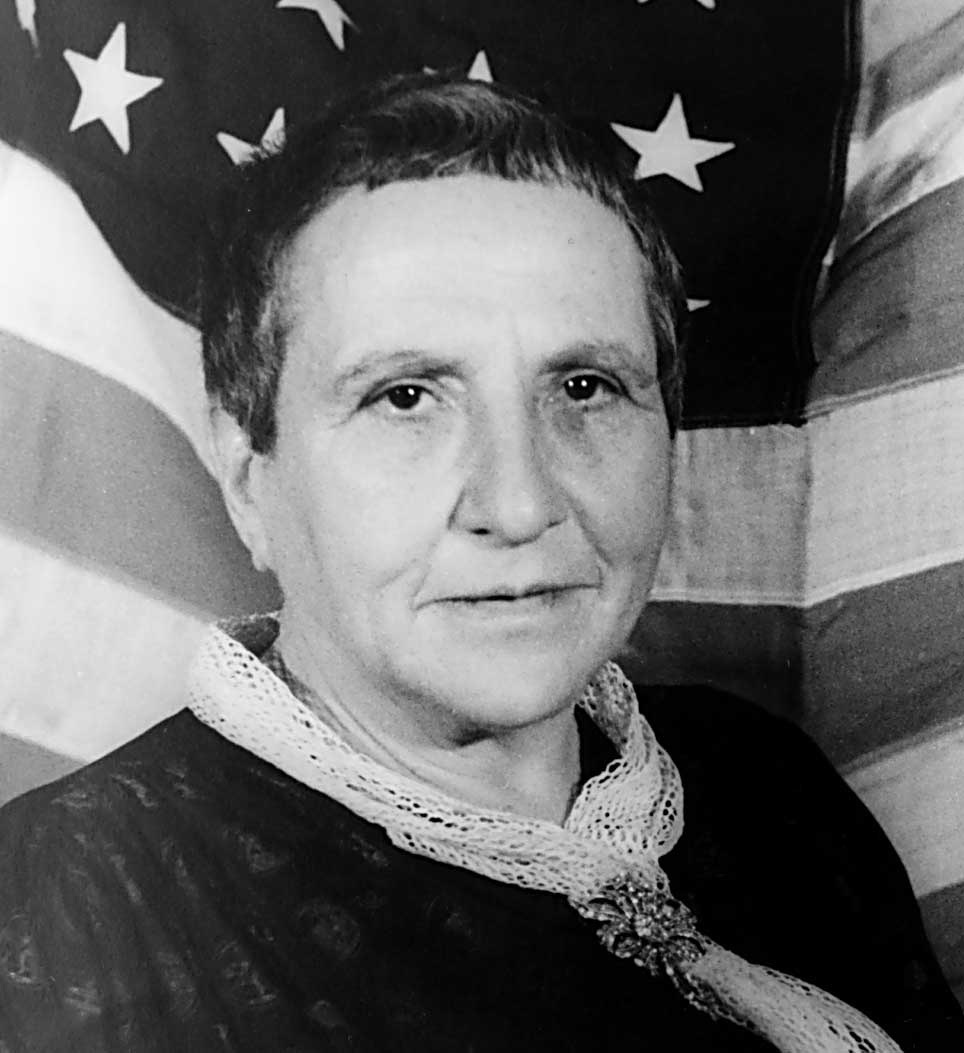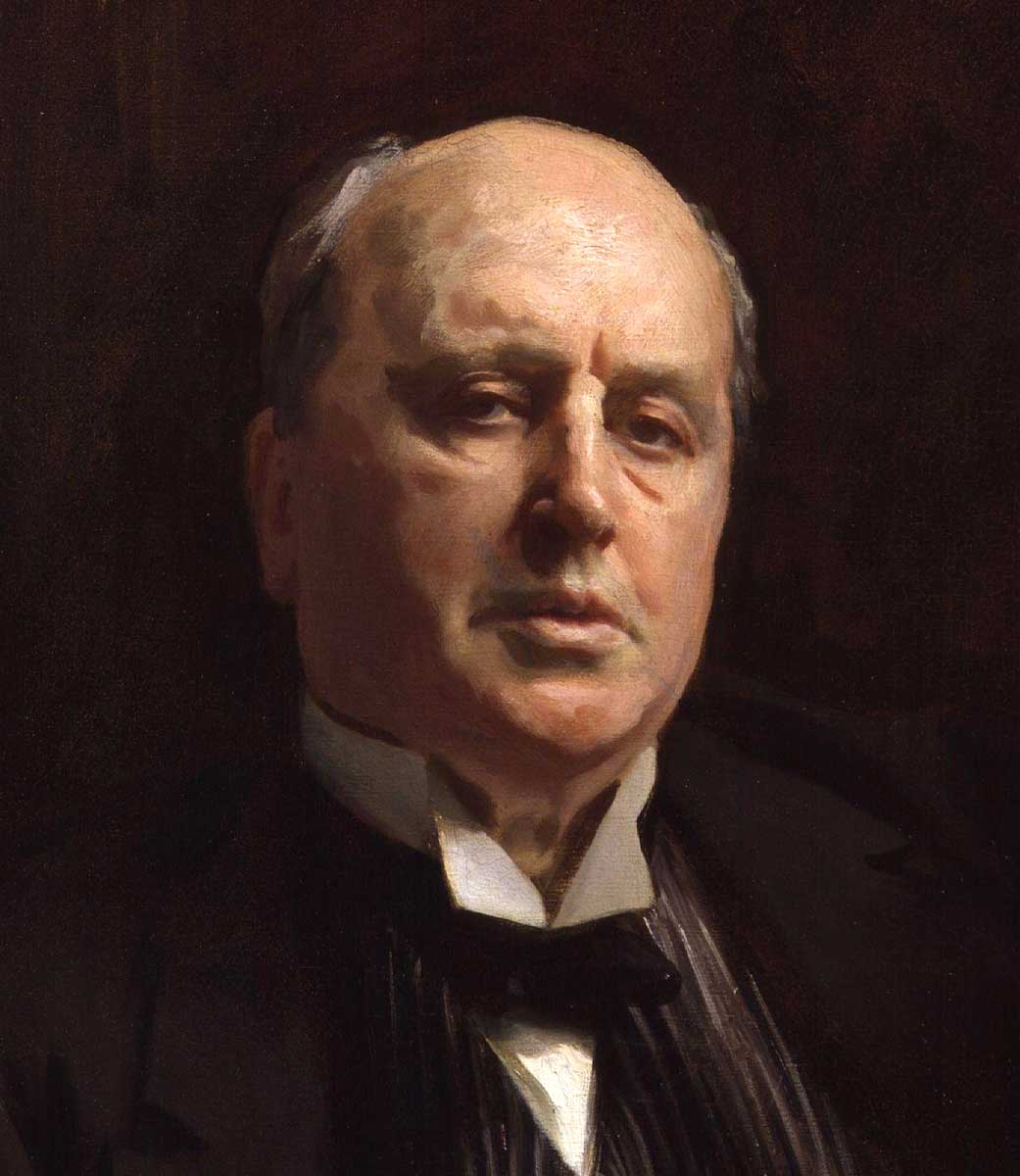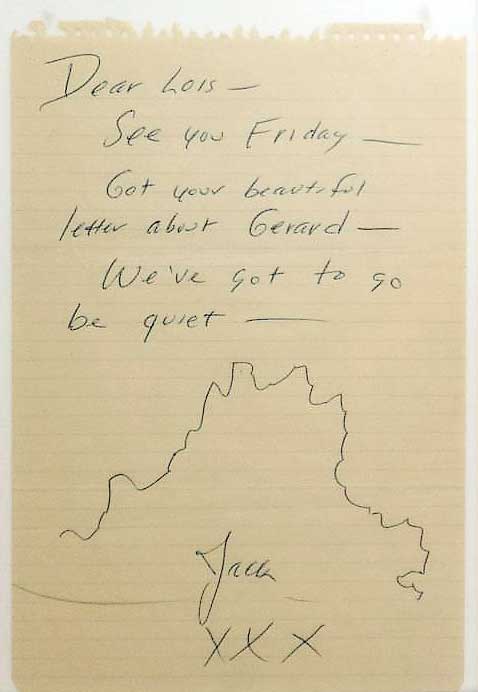The first half of the 20th Century, alongside the tumult of two world wars and a burgeoning global industrial economy, was witness to a radical re-imagining of the arts. Dada, Surrealism, Constructivism: All sought to explode standards of subject and form, while simultaneously asserting new relationships between the artist and society, and between the creator and their own work. Developing in tandem with this re-invention of the visual arts was the eruption of new authorial possibilities. Among the many pioneering elements of literary Modernism, it was the jarring erasure of the distinction between fiction and autobiography that best captures the persisting legacy of the age.

Among the writers of this generation a conviction was brewing, that old understandings of language and place had grown constrictive in the new age of machinery, war, and failed institutions. Provincialism and “placedness” had grown inadequate, personal experience seemed now to be of doubtful objectivity, and the “self” appeared uncertain and inconstant. This discomforting sensibility required new experiments in writing if fiction and poetry were to remain relevant, or consonant with the reality of 20th-century experience. Writing the Self: American Pioneers of Autobiographical Fiction is a collection of works by Gertrude Stein, Ernest Hemingway, Henry Miller and Jack Kerouac, all of whose writings pursued new paths and possibilities in writing about one’s self and experiences. Though each uniquely their own, their novels (if read collectively) present a common disposition towards text and authorship; one in which the author refuses to acknowledge language as a neutral mechanism of communication, and so demands the submission of the word out of both a recognition of the plasticity of language and the singularity of the author’s individual experience. Either by spartan and playful economy, focusing attention on the medium itself, or by novel concatenations in the outpouring of rhythmic associations, the authors represented here each elaborated a new means of relaying reality and communicating subjective experience in print.

Not only did these writers explore the plastic possibilities of the written word (while writing about sex, queer identities, and dissociation from western institutions), but all undertook their projects as American expatriates or foreigners-of-a-kind. Stein, Hemingway, and Miller all made Paris their home for significant portions of their respective writing careers; Hemingway wrote many of his most consequential works in multiple locations, traveling from place to place with his manuscripts in hand; Kerouac (born in Massachusetts to French-Canadian parents) was at once American and French-Canadian, inhabiting a perpetually liminal zone – both a part and apart. The writings of all four authors constitute a series of border crossings: across genre, geography, and identity.

While there are suggestive precedents in Henry James and Henry Adams, with their ambiguous explorations of American identity (in The Ambassadors) and the individual’s relationship with objective reality and truth (Mont Saint Michel and Chartres), the literary techniques and sensibilities pursued by Stein and her compatriots here represent a decisive break with the past. Their writings, spanning from the Lost to the Beat Generation and beyond, successfully forged a new way in articulating the difficult-to-express – even as old ways of knowing one’s self grew less certain in the course of the long 20th Century.
Writing the Self brings together first editions, signed books, manuscripts and ephemera from the careers of Gertrude Stein, Ernest Hemingway, Henry Miller, and Jack Kerouac. Highlights include a holograph manuscript (America, America) in Henry Miller’s hand, a copy of The Autobiography of Alice B. Toklas signed by both Toklas and Stein, and a signed autograph note from Jack Kerouac. Also included is an archive of material related to early film and television adaptations of Hemingway’s works, illustrating the fast-evolving relationship between novelists and the new medium of cinema.